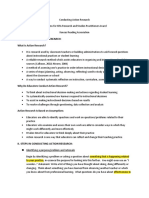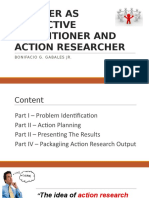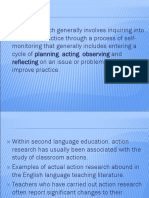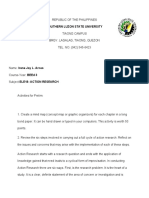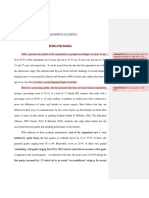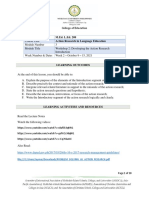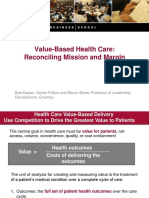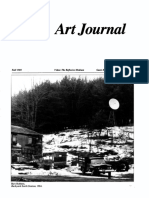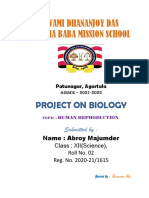0% found this document useful (0 votes)
278 views8 pagesModule 2 Developing Action Researches Steps and Actions
The document outlines the steps of the action research process:
1. Identifying and analyzing the problem area by determining the research question.
2. Designing the research methodology and gathering data through various methods like tests, interviews, and observations.
3. Analyzing and interpreting the collected data using both statistical analysis and non-statistical interpretation to understand the results.
Uploaded by
Dora ShaneCopyright
© © All Rights Reserved
We take content rights seriously. If you suspect this is your content, claim it here.
Available Formats
Download as PDF, TXT or read online on Scribd
0% found this document useful (0 votes)
278 views8 pagesModule 2 Developing Action Researches Steps and Actions
The document outlines the steps of the action research process:
1. Identifying and analyzing the problem area by determining the research question.
2. Designing the research methodology and gathering data through various methods like tests, interviews, and observations.
3. Analyzing and interpreting the collected data using both statistical analysis and non-statistical interpretation to understand the results.
Uploaded by
Dora ShaneCopyright
© © All Rights Reserved
We take content rights seriously. If you suspect this is your content, claim it here.
Available Formats
Download as PDF, TXT or read online on Scribd
/ 8




